NYC’s Forgotten ‘War on Christmas Trees’
Discover how an obscure holiday crackdown affects festive street vendors today!


As the most populous city in the United States, New York City isn’t exactly known for its biodiversity. Yet, planted among an ever present congestion of cars, pedestrians and buildings, lies an integrated systems of zoos, managed by the Wildlife Conservation Society. This includes the Bronx Zoo, the largest metropolitan zoo in the United States (and among the largest in the world), in addition to the Prospect Park Zoo, the Queens Zoo and the Central Park Zoo.
We’ve previously explored the secrets behind the Bronx Zoo and now, we’re delving into the Central Park Zoo’s storied history, which dates back to the mid-1800s. From its biggest attractions to the story behind its founding, here are 10 of our favorite secrets.
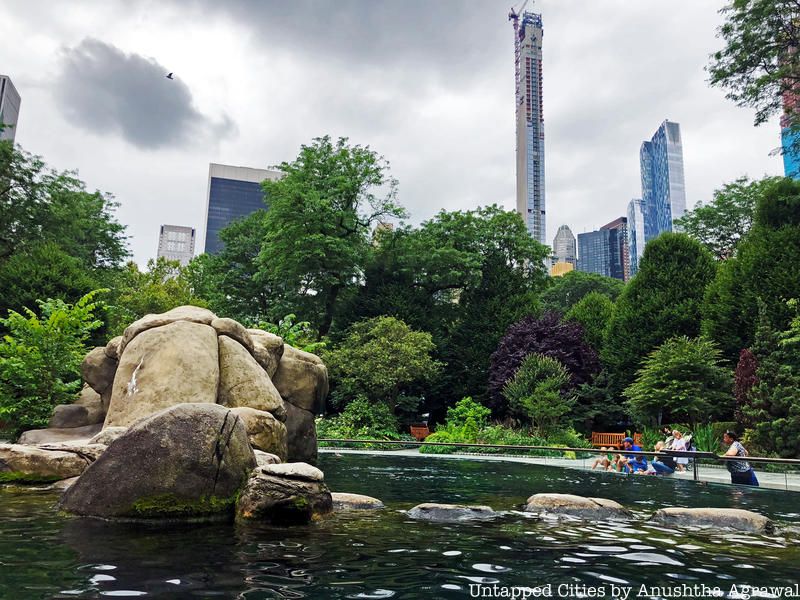
The city legislature never commissioned for the city to have a zoo in the mid 1800s, nor was it part of the original plan for Central Park. Instead, the Central Park Zoo formed in the 1860s when New Yorkers began donating their unwanted pets to the city, and circuses needed a place to store their animals. From the donation of one black bear cub in 1859 and 72 white swans, a menagerie opened in the park for the public’s enjoyment. The menagerie’s collection of animals continued to grow to include deer, foxes, parrots, and even cows along with others. The collection became a series of small, outdoor, fenced in spaces. In the center of the menagerie, a sea lion pool was added, which was renovated and still exists in the same place today.
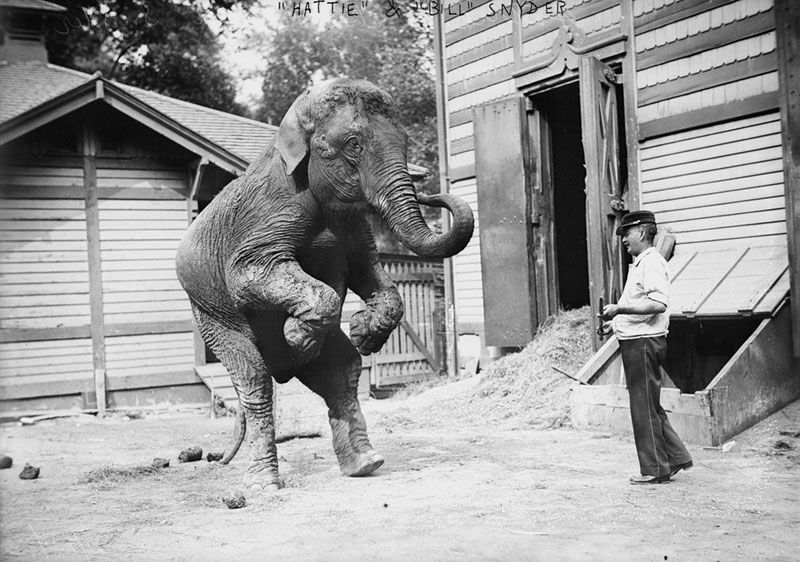
Photo from Library of Congress.
The biggest attraction of the zoo was Hattie the elephant. In an article published in 1904, The New York Times referred to her as the most intelligent elephant, even saying that she understood English. Carl Hagenback brought her over from Sri Lanka and sold her to the zoo where she played the harmonica and performed tricks. Other notable animals included Pattycake, the first gorilla successfully born in captivity in New York, Gus the polar bear who was euthanized due to an inoperable tumor, and a “tiglon” named Charles who was donated to the city in 1938. Charles was the offspring of a female African lion and a male Siberian tiger, a rarer combination than the majestic “liger” (offspring of a female tiger and male lion).
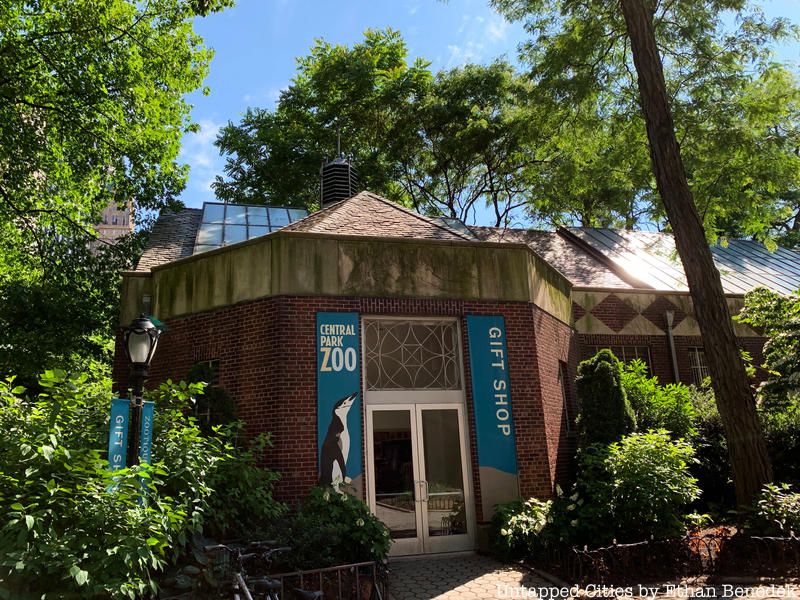
Between the 1860s to 1890s, animal donations for what would later become the Central Park Zoo came from a number of sources, ranging from a 10-year-old boy to powerful men like the secretary of state for Abraham Lincoln, inventor Samuel Morse, financier August Belmont, General Sherman (who donated African Cape buffalo) and General Custer (who donated a rattlesnake), among others.
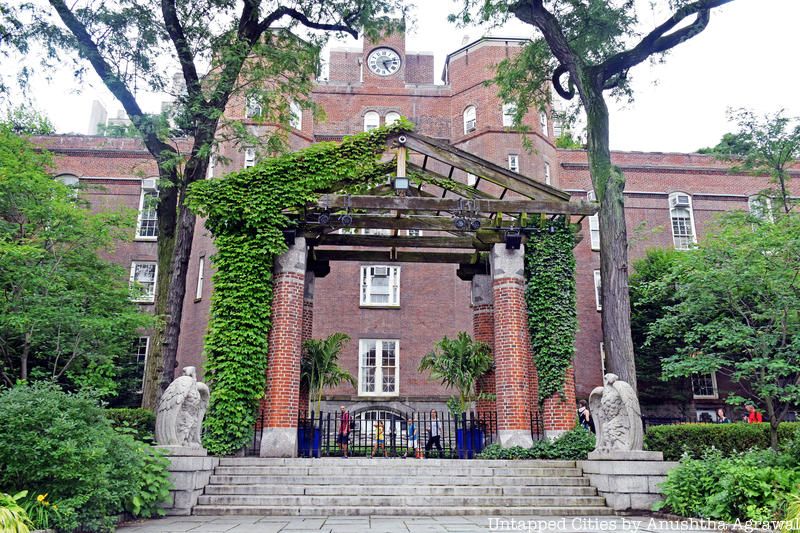
In 1859, what is now the Central Park Zoo began to form on the grounds around the Arsenal, a brick, Medieval fortress-like building located at 64th Street and Fifth Avenue. Some of the animals were housed in makeshift spaces behind wire enclosures and others were kept in cages in the basement where visitors could go and see them. Because of the horrendous stench and concern for the animals’ well being, the animals were moved to the area surrounding the Arsenal in 1871. The first building for the menagerie was not constructed until 1875.
Although its medieval architecture doesn’t quite match the park’s aesthetic, the Arsenal has survived multiple demolition attempts by providing a diverse array of functions, from its usage as a state munitions facility and Police Precinct station, to the site of the Museum of Natural History, to its current role as home to the Department of Parks and Recreation and headquarters of the Central Park Zoo; it’s one of only two buildings in Central Park that predates the green space itself.
Read more on the history of the Central Park Arsenal here.
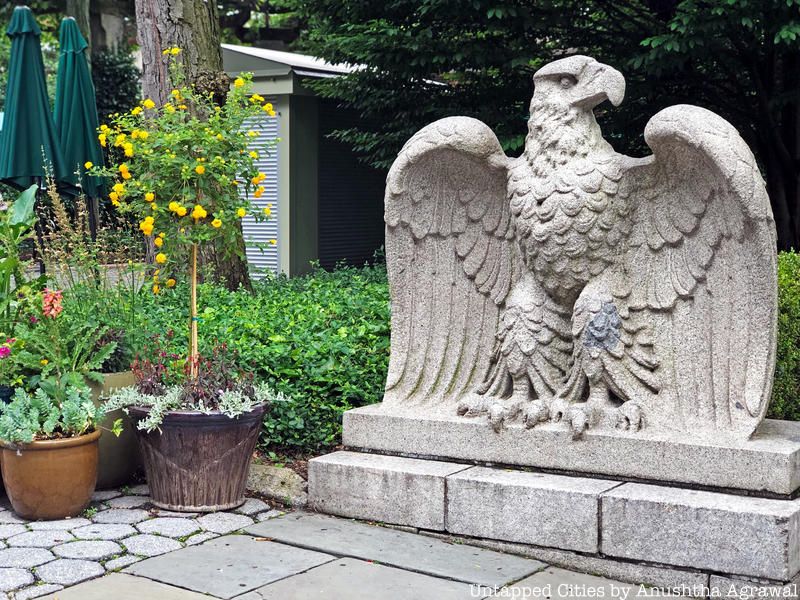
Today, the Sea Lion Pool at the Central Park Zoo is home to eight granite eagles, which look similar to those found on the facade of the original Penn Station. In reality, they come from an overpass that once existed on 1st Avenue in Bay Ridge, Brooklyn. The structure was built in 1912 and demolished in 1941 to make way for a larger Belt Parkway.
According to NYC Parks and Recreation, the origin of the eagles was unknown until researchers uncovered photographic evidence of the sculptures in their original location; the Parks Monuments division also found a 1941 journal entry, which mentioned that an administrator directed the installation of the eagles at the zoo.
Keep reading to uncover more secrets of the Zoo, and join us for an upcoming Secrets of Central Park walking tour to discover the hidden histories behind other iconic sights within the park!
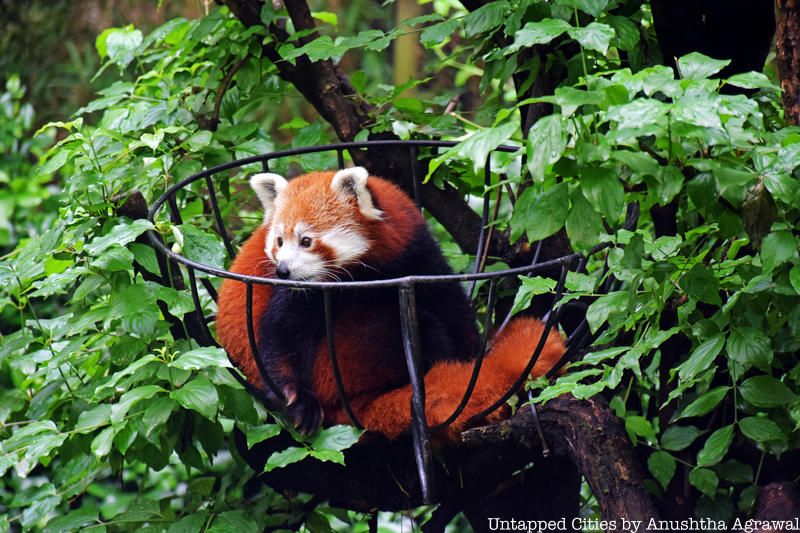
Since its formation in 1861, the Central Park Zoo has assumed two rounds of major renovations: one in 1934 and one in 1988. While the sea lions exhibit remains, several of the zoo’s buildings have been repurposed: the Bird House became the Zoo Gallery and Gift Shop, the Monkey House became the Zoo School and the former location of Kelly’s Restaurant (see photo here) was developed into a site for snow monkeys.
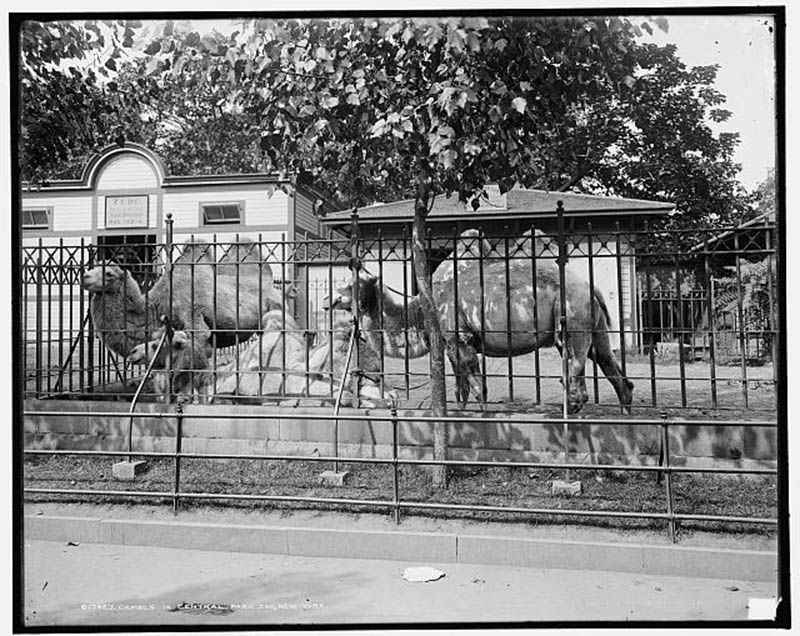
Camels in Central Park Zoo (Image via The Library of Congress)
On November 9th, 1874, the people of NYC were gripped with fear. According to an article in The New York Herald, a former major newspaper which ran from 1835 to 1924, the animals at the Central Park Zoo made a break for it and were rampaging across the city. The Herald wrote that the escaped animals were already responsible for the deaths of 49 New Yorkers, along with 200 injured. The entire story was a complete fabrication. The basis of the story was to bring attention to the Central Park Zoo‘s lack of safety. The story, which ended up being called things like The New York Zoo Hoax, The Central Park Zoo Escape, and the very well-worded Central Park Menagerie Scare of 1874, did say that the story was not real. It seems that readers back then (like some readers today) do not really read the fine print on certain articles and then overreact to them.
Read more about the Central Park Zoo hoax here.
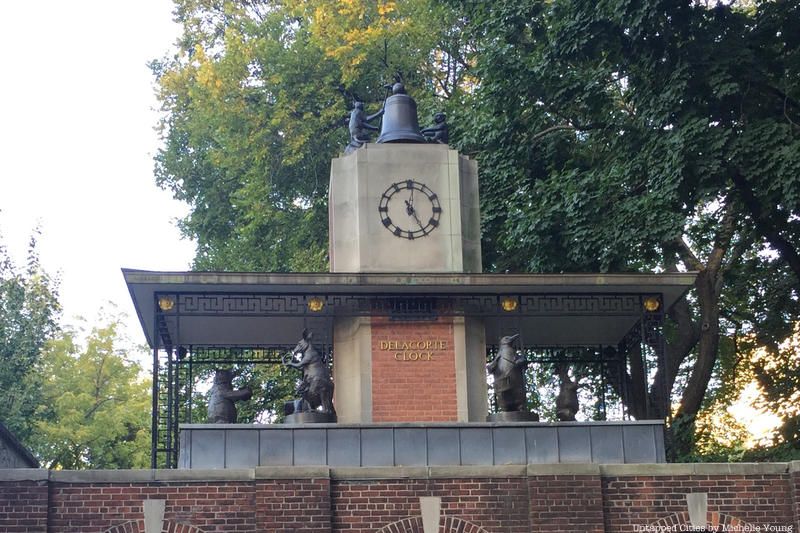
The Delacorte musical clock is a beloved fixture of the Central Park Zoo, located above the arcade between the Wildlife Center and the Children’s Zoo. Publisher and philanthropist George T. Delacorte gifted the monument to the city.
The clock is now digitally programmed to play one of thirty-two nursery rhymes between eight in the morning and six in the evening; on the half-hour, there is also a shorter mechanical performance. The full list of songs, which can be seen here, are divided into four seasonal categories; Christmas songs, for instance, are programmed to play from December 1-25.
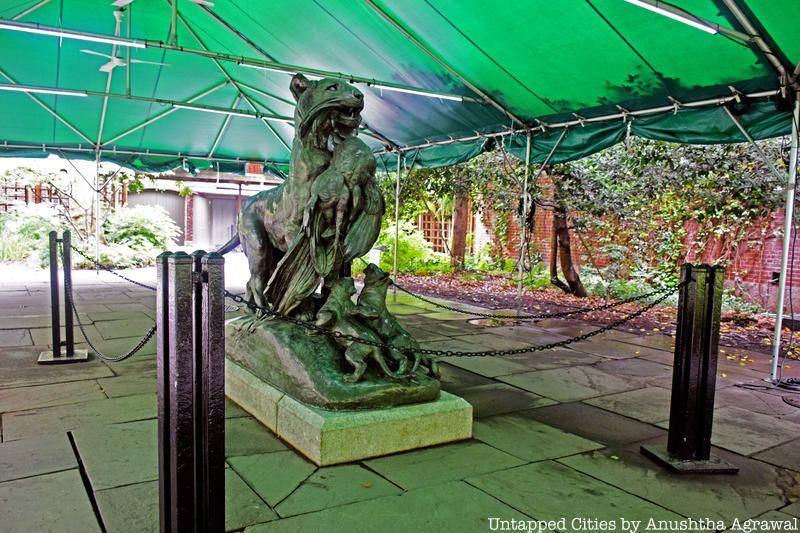
Sculpted by Auguste Nicolas Cain, Tigress And Her Cubs, was installed in front of Kelley’s Restaurant in 1934. It’s now located between the Intelligence Garden and the Tropical Zone, but it’s been in the park since 1867, making it one of the oldest statues in Central Park.
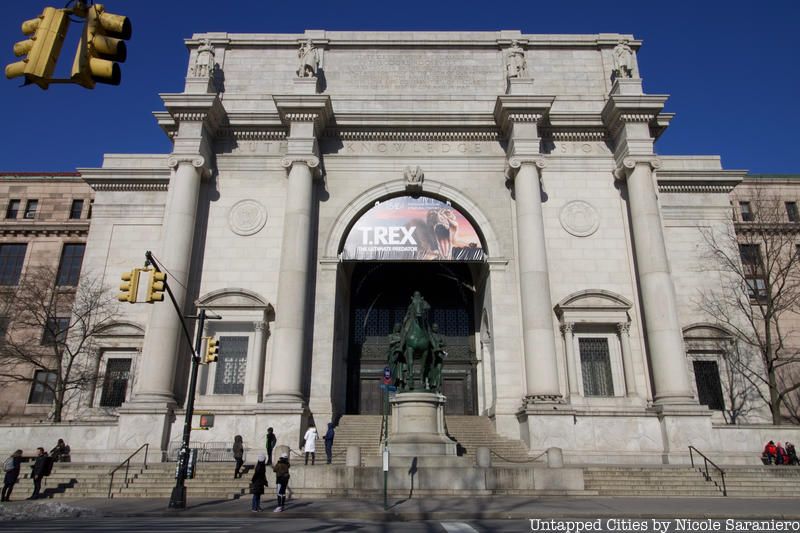
While seeking a location for the proposed menagerie, landscape architect Frederick Law Olmsted and architect Calvert Vaux were initially opposed to establishing a zoo in the main body of Central Park. Vaux consequently drafted a plan to move the animals to a formal Zoological Garden at “Manhattan Square,” a section of land between 77th and 81st streets and Eighth and Ninth avenues (now the site of the American Museum of Natural History). That plan, however, was obviously scrapped.
Join us for an upcoming Secrets of Central Park walking tour to learn more about the Central Park Zoo and the hidden histories of other iconic sights within the park!
Next, check out vintage photographs of Central Park Zoo and read about the History of the Central Park Arsenal.
Subscribe to our newsletter